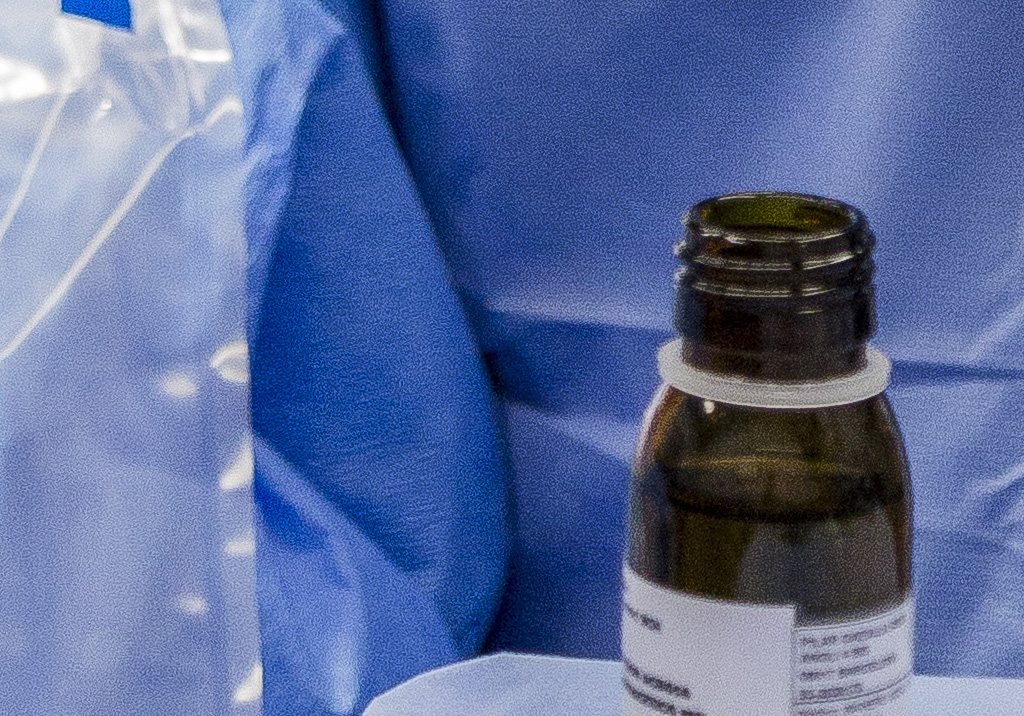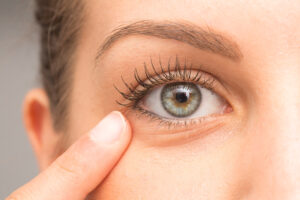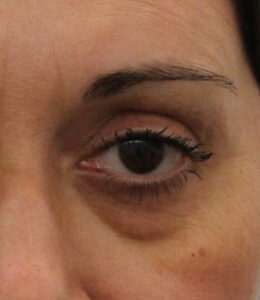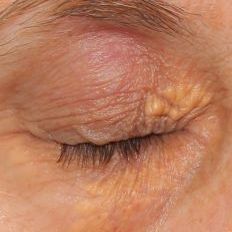Treatments
Chemical peel

What is a chemical peel?
A chemical peel is a non-surgical rejuvenating treatment that consists of applying an acid mask to remove dead cells and a more or less deep exfoliation of the skin, enabling it to become renewed and without certain imperfections. Although it can be applied to any part of the body, chemical peels are most frequently used on the face.
When they are applied, we will clean the surface of your face properly and protect the more sensitive parts of your face, such as around the eyes or the mouth. We will then apply the chemical product (generally without prior anaesthesia) and will leave it to take effect for a few minutes. The concentration and type of acid (trichloroacetic, salicylic, glycolic, pyruvic, etc.) will depend on the effect to be achieved and on your skin type, as we personalise the peel formula to provide an affective response to the needs of each individual.
At the Miranza clinics we perform this treatment in the consulting rooms equipped for oculofacial aesthetic procedures or, in the case of a deep peel, in the operating theatre.
Problems treated by the chemical peel
The chemical peel might be a good option if you show clear signs of photoageing (spots, dull skin and small wrinkles) or other skin flaws, such as acne marks, small scars, open pores, etc. Furthermore, when the peel stimulates the production of collagen and elastin in the deep layers of the skin, it appears renewed and much brighter, tighter and smoother.
You can also benefit from this treatment if you have dark circles due to excess pigmentation, improving their colour and making your face fresher and more relaxed.
Recovery
During the peel, you might notice that you face is slightly itchy because of the mask. This feeling is completely normal and disappears when we neutralise the acid with a spray before completing the session. Afterwards, your skin might look a bit red and slightly flaky for the next few days. If scabs appear, this is also normal with this procedure and they often drop off within a week, from which time you will begin to notice the results.
It is important to follow the guidelines for treatment and care given by your specialist for recovery, because the skin’s barrier has been broken and its outermost layers have been removed, making it more vulnerable for a while. You must therefore take extra care in the sun and use adequate protection, with autumn and winter being the ideal times for a chemical peel.
Depending on the problem to be treated, we might perform several sessions or repeat the procedure later on, and also associate it to other aesthetic treatments.


